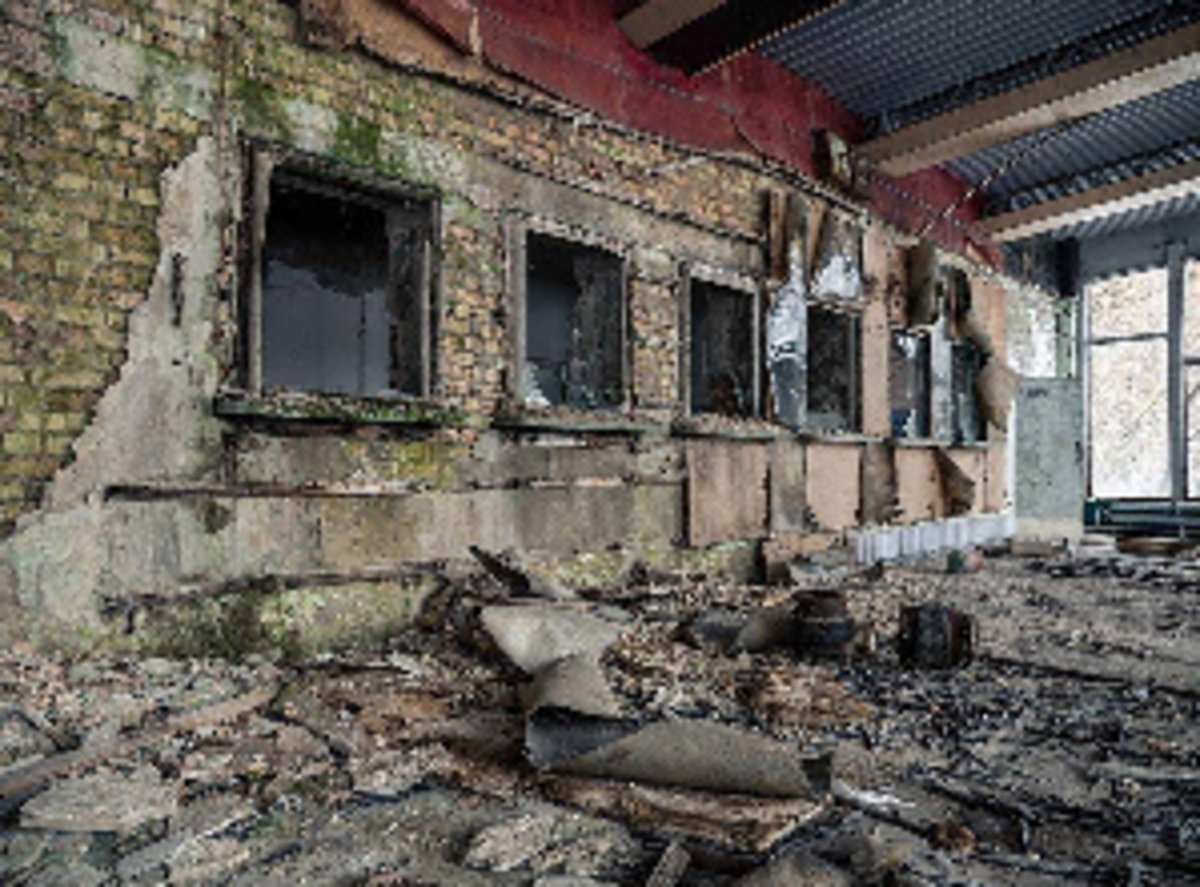Whether it’s an asteroid or an ice age, planet Earth and its lifeforms always seem to find a way to carry on. Recently, scientists found that a few particularly impressive little lifeforms were even able to survive in an environment as harsh as Chernobyl.
The 1986 Chernobyl nuclear disaster remains the worst such incident in recorded history. Even decades later, radiation in Chernobyl’s surrounding area lingers, but this hot spot has also become a mecca for a certain type of fungi. Scientists have discovered at least 200 species and 98 genera of fungi thriving off radiation at the disaster site. The astounding discovery was first documented in 1991 when scientists found fungi growing on the walls of the abandoned nuclear reactor which was still covered in gamma radiation. Known collectively as “black fungi” due to their concentrations of melanin, three strains - Cladosporium sphaerospermum, Cryptococcus neoformans, and Wangiella dermatitidis, were even all found to grow faster in the presence of the radiation and even grow toward it as if naturally drawn to it.

The scientists report that the fungi collected at the accident site had more melanin than the fungi collected from outside the exclusion zone, meaning that the fungi have adapted to the radiation activity and as many as twenty percent were found to be radiotrophic and grew towards the radiation.
Because the fungi contain so much melanin, they are able to feed off the gamma rays and convert them into chemical energy, kind of like a darker version of photosynthesis. This process is called radiosynthesis. It’s not just fungi that have been able to flourish so effectively despite the radiation. Over the years, scientists have found an abundance of wildlife thriving in Chernobyl’s former Red Zone and at the site of the Fukushima nuclear disaster in Japan.
In Chernobyl and across Earth’s most dangerous zones of radioactivity, life keeps finding a way to adapt to even the harshest of environments.

